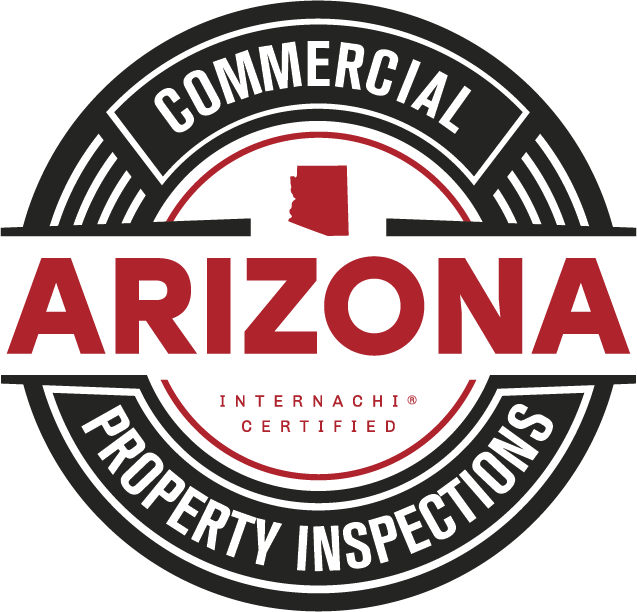When investing in a commercial property, it’s crucial to have a comprehensive understanding of its current condition and potential future expenses. This is where a cost to cure report comes into play during a commercial building inspection. But what exactly is a cost to cure report, and why is it so important?
What is a Cost to Cure Report?
A cost to cure report is an essential document provided by commercial building inspectors that outlines the estimated costs to repair or remediate identified issues within the property. These reports are detailed assessments that help property owners, buyers, and investors understand the financial implications of bringing a building up to acceptable standards.
Key Components of a Cost to Cure Report
- Identification of Deficiencies: The report begins with a thorough inspection of the building, identifying all deficiencies, defects, and areas that require attention. This includes structural issues, mechanical and electrical systems, roofing, plumbing, and more.
- Detailed Descriptions: Each identified issue is described in detail. This includes the nature of the problem, its location, and the severity. For example, a report might note deteriorating roofing materials, malfunctioning HVAC systems, or plumbing leaks.
- Cost Estimates: The core of the cost to cure report is the cost estimates for each identified deficiency. These estimates are based on current market rates for labor and materials and provide a realistic financial outlook for repairs. The estimates can range from minor fixes to significant renovations.
- Prioritization of Repairs: Some reports also prioritize the repairs based on urgency. This helps property owners and investors decide which issues need immediate attention and which can be scheduled for future maintenance.
Why is a Cost to Cure Report Important?
- Informed Decision-Making: For buyers and investors, a cost to cure report provides a clear picture of the additional investment required beyond the purchase price. This knowledge is crucial for making informed decisions and negotiating purchase agreements.
- Financial Planning: Knowing the estimated costs of repairs allows for better financial planning. Property owners can budget for necessary repairs and avoid unexpected expenses that could impact their financial stability.
- Property Valuation: The cost to cure report can also influence the property’s valuation. Understanding the financial burden of repairs might impact the overall valuation, which is vital for both buyers and sellers.
- Risk Management: Identifying and understanding the extent of necessary repairs helps manage risks. Potential buyers can assess whether the property’s condition aligns with their investment strategy and risk tolerance.
How is a Cost to Cure Report Prepared?
- Comprehensive Inspection: A certified commercial building inspector conducts a thorough examination of the property. This inspection covers all critical areas, including structural integrity, mechanical systems, electrical systems, plumbing, roofing, and exterior elements.
- Assessment and Documentation: The inspector documents all findings, including photographs and detailed notes on each issue. These observations form the basis of the cost to cure report.
- Cost Estimation: The inspector, often in collaboration with contractors or cost estimators, calculates the repair costs for each identified issue. These estimates are based on current market prices for materials and labor.
- Report Compilation: The findings and cost estimates are compiled into a comprehensive report. This report is then presented to the property owner, buyer, or investor for review and action.
Conclusion
A cost to cure report is an invaluable tool in the commercial building inspection process. It provides a clear and detailed understanding of the financial implications of necessary repairs, helping property owners, buyers, and investors make informed decisions. By identifying and estimating the costs of deficiencies, a cost to cure report ensures transparency, aids in financial planning, and mitigates risks associated with property investments. When considering a commercial property, ensure you obtain a detailed cost to cure report to navigate the complexities of property ownership with confidence.
